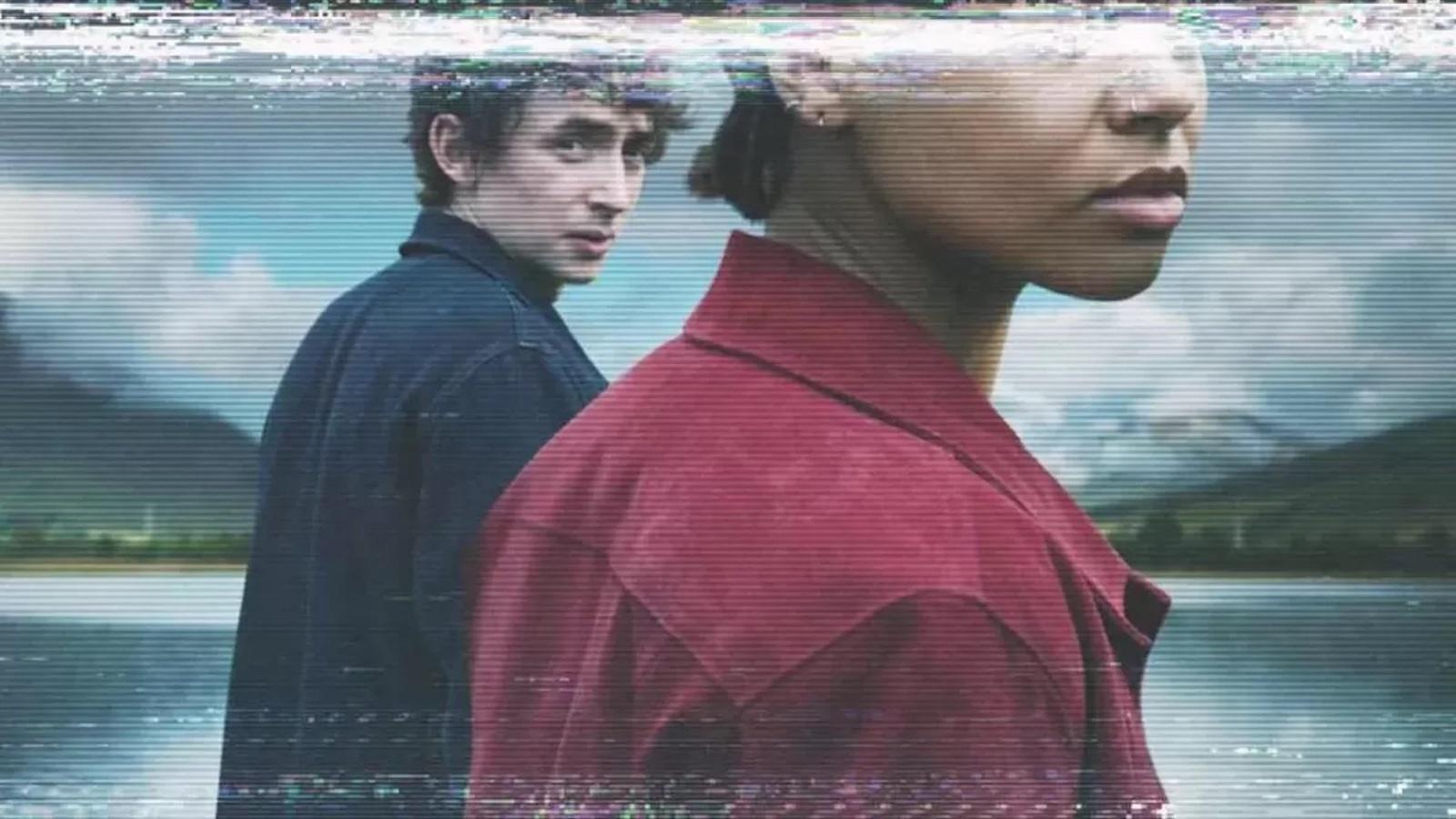Black Mirror's "Waltonville Claw": What Is It? (Explained)
Is "The Waltonville Claw" a real true-crime documentary you can binge on Netflix? The answer, unfortunately for true crime aficionados, is no. It is a skillfully crafted fictional element of the "Black Mirror" universe, designed to both titillate and terrify.
The sixth season of Charlie Brooker's anthology series "Black Mirror," which features stars like Annie Murphy, Salma Hayek, Aaron Paul, Kate Mara, Ayo Edebiri, and Zazie Beetz, delves into the darker aspects of human nature and the pervasive influence of technology. Within this season, specifically in the episode titled "Loch Henry," "The Waltonville Claw" serves as a crucial plot device, sparking intrigue and driving the narrative forward. The episode, which sees documentary filmmakers Pia and Davis arriving in Loch Henry, the hometown of the latter, introduces the fictional documentary as a point of reference for local discussions and a source of morbid fascination.
Before moving forward, here's a quick overview of the episode's key elements, remember this is a fictional documentary series that doesn't exist.
| Title | The Waltonville Claw |
|---|---|
| Type | Fictional True Crime Documentary (within the "Black Mirror" universe) |
| Mentioned in | "Loch Henry" (Season 6, Episode 2) of "Black Mirror" |
| Focus | A serial killer in Waltonville, with graphic details like the killer eating a victim's eye |
| Reference | To provide further information about Black Mirror episodes, please visit Netflix. |
The fictional nature of "The Waltonville Claw" allows "Black Mirror" to explore the public's obsession with true crime and the often-exploitative nature of the genre. The show cleverly uses the documentary's gruesome details, such as the killer's act of eating a victim's eye, to highlight the sensationalism that can often accompany true crime narratives. It also serves as a commentary on how such stories can be both captivating and unsettling, blurring the lines between entertainment and voyeurism.
The episode "Loch Henry" is not alone in its depiction of fictional content. The use of a Netflix alternative, "Streamberry," from "Joan is Awful," raises another question. Does Netflix and Streamberry co-exist in the "Black Mirror" universe or are these all just different layers of narrative complexity to keep the audience guessing?
Stuart, a character in "Loch Henry," references "The Waltonville Claw" when discussing the potential for a new documentary. He frames it as the kind of successful true-crime story that could revitalize the local economy of Loch Henry. The sweeping shots and captivating details, that were so memorable and intriguing, including an account of how the killer ate a victim's eye, are all fictional.
The appeal of such content for the true-crime obsessed is undeniable. Many viewers, as reflected in discussions online, were immediately intrigued by the tantalizingly horrific premise, instantly going online to search for this "Netflix thing." The reality of the situation is that it doesn't exist. "The Waltonville Claw" is a masterful piece of narrative construction, a testament to "Black Mirror"'s ability to create compelling, thought-provoking stories that resonate with our deepest fears and fascinations.
The concept is not merely a plot device but also a reflection on the industry's potential for exploitation. The series "Black Mirror" is known for its critical commentary on the relationship between people and technology, also serves as a medium to point out how entertainment media affects people's thinking.
The use of "The Waltonville Claw" in "Loch Henry" is therefore multilayered. It functions as both a plot device, a commentary on the true-crime genre, and a reminder of the darker side of human interest. Despite its fictional nature, "The Waltonville Claw" serves as a commentary on the audience's engagement with these types of stories, and the ethics behind them. And in a world where reality is often stranger than fiction, the blurring of lines between the real and the fabricated makes for a thrilling viewing experience.
The overall effect is unsettling and provides a commentary on the nature of true crime and how it is consumed. In the same way the episode's creators use elements that are considered true and real, the documentary is designed to be a commentary and social critique of how the audience views true crime documentaries, and the often gruesome, shocking and captivating elements they can feature.
This fictional documentary becomes a crucial part of a story and its exploration of a community's dark secrets. With its constant footage of Waltonvilles forests, mountains, and waterfalls, the episode and the story that it plays a part in, offers an exploration of how communities are viewed, how they represent their culture and history, and the way in which they can be consumed by others. The episode uses the setting to bring a visual aspect that is meant to draw the viewer in as it did with the characters in the episode.


